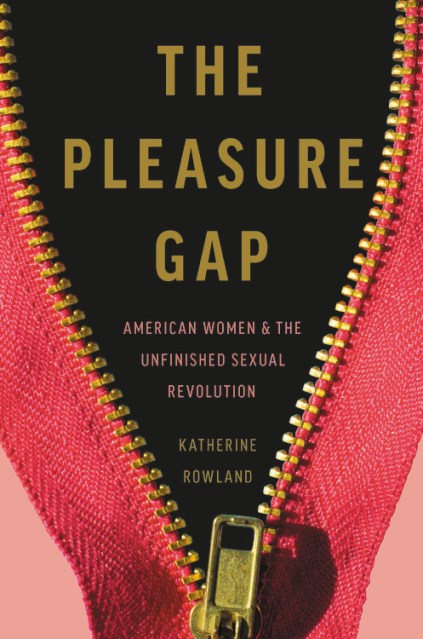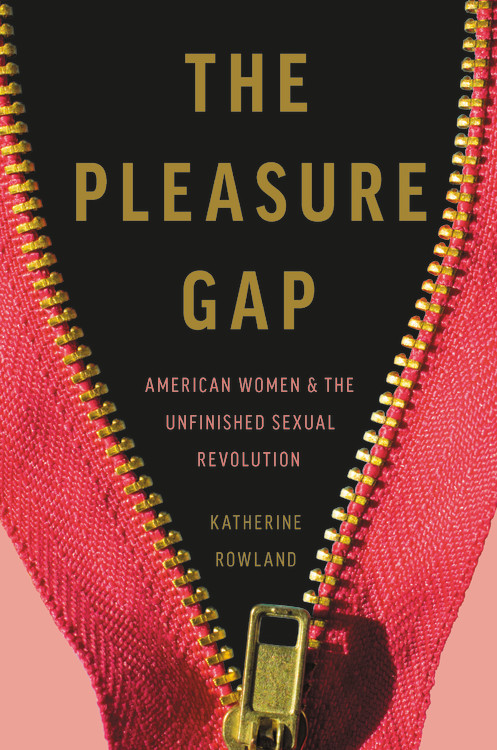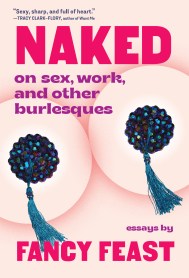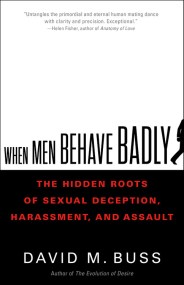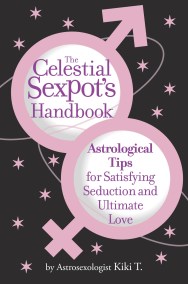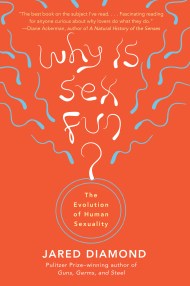Promotion
Shop now and save 20% on your back-to-school purchases & get free shipping on orders $45+ Use code: SCHOOL24
The Pleasure Gap
American Women and the Unfinished Sexual Revolution
Contributors
Formats and Prices
Price
$28.00Price
$35.00 CADFormat
Format:
- Hardcover $28.00 $35.00 CAD
- ebook $16.99 $21.99 CAD
- Audiobook Download (Unabridged)
This item is a preorder. Your payment method will be charged immediately, and the product is expected to ship on or around February 4, 2020. This date is subject to change due to shipping delays beyond our control.
Also available from:
For too long, this deficit has been explained in terms of women’s biology, stress, and age. In The Pleasure Gap, Katherine Rowland rejects the idea that women should settle for diminished pleasure; instead, she argues women should take inequality in the bedroom as seriously as we take it in the workplace and understand its causes and effects. Drawing on extensive research and interviews with more than one hundred women and dozens of sexual health professionals, Rowland shows that the pleasure gap is neither medical malady nor psychological condition but rather a result of our culture’s troubled relationship with women’s sexual expression. This provocative exploration of modern sexuality makes a case for closing the gap for good.
- On Sale
- Feb 4, 2020
- Page Count
- 304 pages
- Publisher
- Seal Press
- ISBN-13
- 9781580058360
Newsletter Signup
By clicking ‘Sign Up,’ I acknowledge that I have read and agree to Hachette Book Group’s Privacy Policy and Terms of Use
